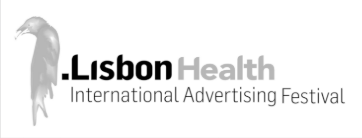Multicultural Goes Mainstream
Multicultural outreach programs have grown so sophisticated they are now impacting agencies' broader marketing efforts for clients.
While America has long been viewed as the great melting pot, it might be better described as a multicultural mosaic comprised of populations with widely varying customs, cultures, and languages.
And businesses that are learning to speak to each of those colorful mosaic “tiles” in both macro and micro ways are better positioned to grow their businesses, particularly ones that have tapped out on targeting the dispersing, some even say disappearing, mass market.
Current US Census projections report that by 2050, more than half of the US population will be non-white (African Americans, Hispanic, and Asian), and while the current expenditures on consumer packaged goods for non-whites is just under $300 billion annually, it’s expected to soar by 74% by 2050, with those three groups together projected to spend an annual $520 billion on packaged goods.
Given the current weakened economy, focusing on unexplored and untapped opportunities is vital. For instance, the US’ 48 million Hispanics, with buying power in excess of $1 trillion, must be more smartly targeted. In the past three years, this demographic has kept overall spending levels up while those by non-Hispanics have dropped.
Wake-up call
Jorge Plasencia, CEO and chairman of Republica in Miami, says the 2010 Census, in particular, was a wake-up call to senior executives in the C-suite.
“Clients are engaged in a lot of conversations,” he says. “They are having these conversations at the highest levels in the company. Many have reached the saturation mark with the general audience, which is prompting companies to have this ‘Aha’ moment, where they’re starting to really understand the impact this can have on their business.”
Not surprisingly, some companies, particularly large multinational behemoths, have a built-in advantage in that they already have employees and do business in multiple countries and cultures around the world.
For instance, GM has employees on six continents, in every time zone. Collectively, they speak more than 100 languages. In the US, tapping into that employee diversity is a way to reach out to a multitude of groups. To that end, GM has 12 internal affinity groups in the US, ranging from Asian Indian to veterans. There’s even a group, Jumpstart, for staffers who have been at GM less than five years.
In turn, those affinity groups are involved in various community programs, which may range from mentoring and tutoring students to organizing parades to honor veterans.
“At the end of the day, it’s about selling cars and trucks,” says Jocelyn Allen, GM director of regional, grassroots and diversity communications. “We look for that emotional connection with potential customers that’s meaningful to them. You can’t do that without showing up and having a presence in their community.”
Roxana Lissa, founder of RL PR, with offices in Los Angeles and New York and a client roster that includes Ford, Nike, and Verizon, launched her firm in 1996, when marketing to diverse, distinct groups by large companies was first gaining traction.
Coming to the US from Argentina when she was 21, Lissa quickly found her calling in PR when she realized that, while marketers were starting to ask about and demand more multicultural diversity in their marketing and PR, there weren’t a lot of agencies filling that need.
Lissa is only looking for long-term strategies and relationships. “I’m not interested in working on one-offs,” she asserts. “I don’t care who the client is. Those who want a little project here and there don’t really get it.”
The biggest factors that can help a marketer tap into diversity are those companies that are committed internally.
“Success comes when a company is set up to handle [multicultural] marketing internally,” says Lissa. “It comes when you have people who are held accountable and a long-term strategy becomes focused.”
One challenge in marketing to a multicultural group is that while there are commonalities, there are also differences, ranging from nuanced to overt, between different groups under the same umbrella. For instance, people from Vietnam and Japan are both viewed as Asian, but have vastly different languages, customs, and US experiences.
“What we always keep in mind in such instances,” says Lissa, “is to focus on the connectors, the things that unify us, including that we’re all living here now.”
And when there are opportunities to drill down, Lissa touts that opportunity. For instance, that might mean tailoring language to a predominate group, for example Puerto Ricans in New York and Mexicans in Los Angeles.
For General Mills, expanding efforts to reach a number of diverse groups have come with surprising discoveries. For example, it has taken lessons learned from a branding and marketing push for Nature Valley granola bars and snacks to Hispanics and applied those to the broader market.
“We found that Hispanics, like the general market, have a strong appreciation for nature, but historically Nature Valley was articulated in a way that didn’t resonate with them,” says Rudy Rodriguez, director of multicultural marketing at General Mills. “Hispanics also want to be in nature, with family and friends. From a product perspective, they’re interested in natural ingredients and that resonated with all groups, so that’s become part of our general consumer strategy moving forward.”
Rodriguez says General Mills, which uses a variety of shops and firms for its many marketing programs, tends to use specialized agencies in some areas, including social media and PR, which are both vital in connecting with its target.
For instance, in March the company presented a Box Tops for Education Town Hall in Atlanta. Hosted by comedian and author Steve Harvey and a panel of educators, business leaders, and entertainers, the event, which since 1996 has raised more than $400 million for schools, further connected African Americans in the Atlanta area with General Mills, its mission, and products.
Technology breakthrough
Rashada Whitehead, president of Flowers Communications Group, which produced and promoted the town hall for client General Mills, says some of the trends she sees emerging include an increased emphasis on analysis beyond demographics and more engaging use of technology.
“There used to be a time when, if you came to the US from abroad, there was a chance you would never see your homeland again,” she says. “Today, I can Facebook, Skype, email, or even be there after a 10- or 15-hour plane ride.
“I don’t have a crystal ball, but when I look ahead as it relates to mass marketing versus niche marketing, the ones that will always prevail are those that are timely, relevant, thoughtful, and dwell on substance,” adds Whitehead. “When I look ahead to the younger generation, those 12 and under, you have to remember that their perspective on diversity and inclusion – and what that looks like – is likely very different than what we grew up with.”
Source: PR Week, Written by Jennifer Mann

























